Hut to Hut USA: The Complete Guide for Hikers, Bikers, and Skiers summarizes everything you want and need to know about the developing hut system throughout the United States. Containing 334 pages, this comprehensive overview came about after a life-changing, 42-day, hut-to-hut walk in the European Alps by the book’s authors, Laurel Bradley, and Sam Demas.
Years later, and after more than six years of research, the authors share the story of the ongoing development of the U.S. hut system. They also share a wonderful summary of how other countries develop their hut systems. Readers will quickly see that there isn’t a cookie-cutter design or look for the U.S. hut system, which is in its infancy, having existed since the early 1980s.
For example, while the hut system is relatively new in the United States, it is well-established in Europe and New Zealand. One of the smallest European countries, Switzerland planted the seeds that gave rise to huts throughout the Alps and Europe.
Given its rugged terrain and mountainous features, it’s no wonder that Switzerland’s popular past times include walking and skiing. The country has about 400 huts and more than 9,200 beds. Nearly half of those huts are privately owned, while local chapters of the Swiss Alpine Club operate the others. Roughly two-thirds of the huts are full-service in season. The Grünhornhütte was one of the first purpose-built recreational huts in the world. The Swiss Alpine Club members constructed it in 1863.
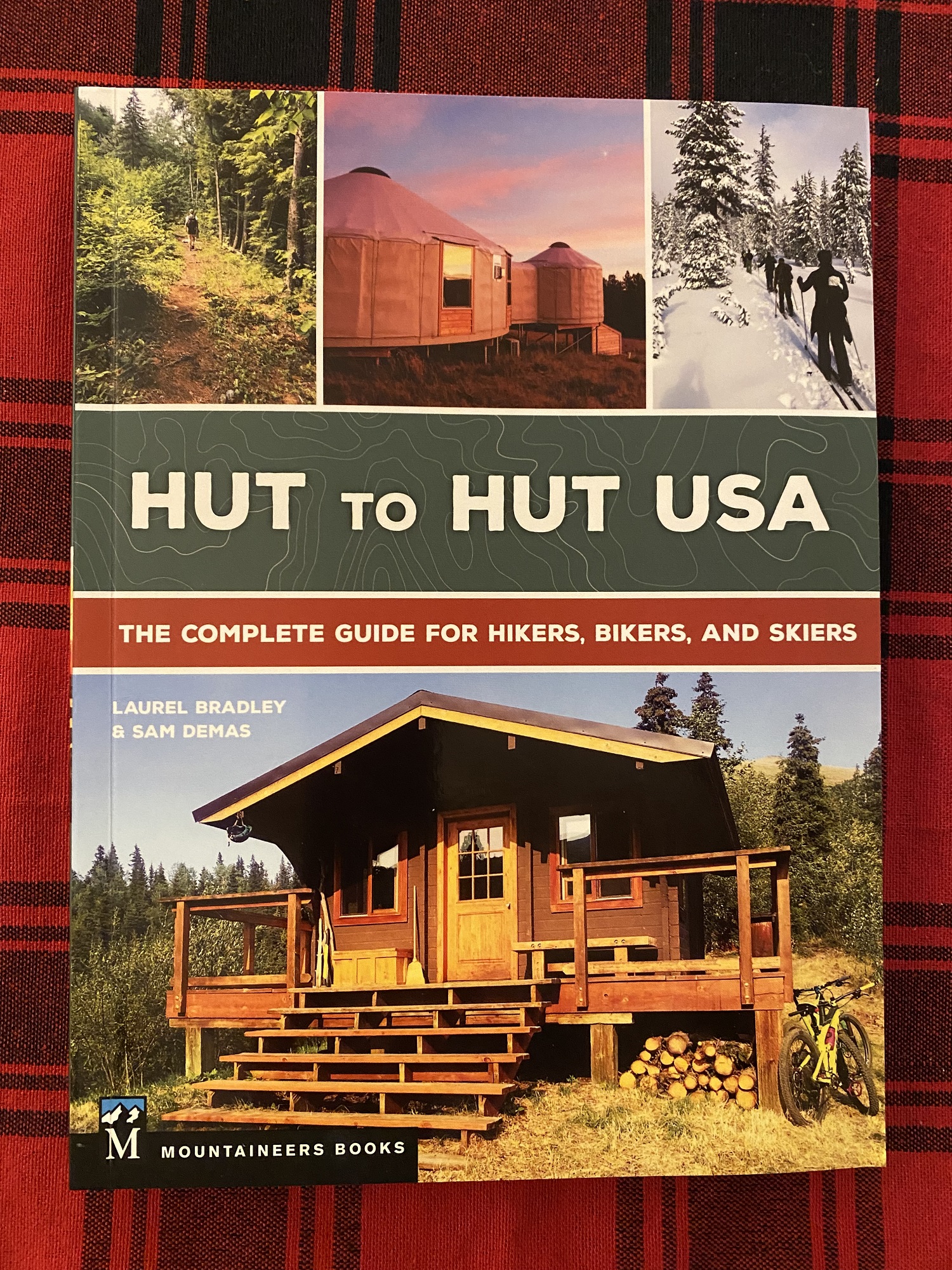
Hut To Hut USA is the first book to comprehensively provide an overview of the hut system in the United States. Photo: Rick Stedman
Some of the links in this article may contain affiliate links. When you purchase using these links, part of the proceeds go to Snowshoe Mag. Additionally, as an Amazon Associate, we earn from qualifying purchases. Please see our disclosure for more details.
What to Expect
As the first book to comprehensively describe the U.S. hut system, Hut to Hut USA hopes to fill a gap by providing the bigger picture of how hut-to-hut travel fits into the U.S. recreational opportunity spectrum. With that in mind, the authors did a terrific job sharing minute details about 16 of the 36 hut systems scattered across the country.
In addition, the authors also sprinkle in historical details that help explain its intrigue and continued development. Whether it’s two days or ten days, a hut-to-hut excursion can be transformative in so many ways. As the authors point out, “Research shows that even a few hours in nature offer a balm for the spirit. In our experience, it takes three to four days to begin to feel the longer-lasting therapeutic effects of a human-powered trek.”
The authors spent over six years researching this book to collect painstaking details on these featured huts. But just as they were in the home stretch completing the manuscript, they ran into the COVID brick wall.
As a result, they share a short disclaimer: “We acknowledge the emergence of the novel coronavirus during the final stages of research and writing. This guide is a snapshot of the hut systems’ pre-pandemic policies and practices. Readers should be aware that many of the huts’ policies, prices, and features may have changed. Always check the specific hut system website for the latest information, and call ahead before making plans”.
Read More: Tips and Tricks for Cold Weather Backpacking and Winter Camping
Featured U.S. Huts Offering Snowshoeing
The featured huts are in a dozen states, stretching from Alaska to Maine. Most of these hut systems offer snowshoeing as a mode of transportation. The authors’ definitions of a hut system included the following specifics:
- Huts were designed to be traveled in sequence. A trail system supporting a traverse or circuit over days or weeks connects them.
- They include at least three backcountry huts spaced a day’s walk, ski, or bike apart. However, a few of the featured systems only have two huts. The authors opted to include them to represent more parts of the country. Also, a two-hut system offers a satisfying, if short, hut-to-hut experience.
- The authors also made a few judgment calls concerning public-use cabins in Alaska and Michigan. They felt they were worthy of inclusion in this guide.
Please note: The following hut descriptions are not all that are available. They are only a sample of some of the amenities and features. Each hut is unique in its own way.
Read More: Hut-to-Hut Snowshoeing in Yosemite National Park
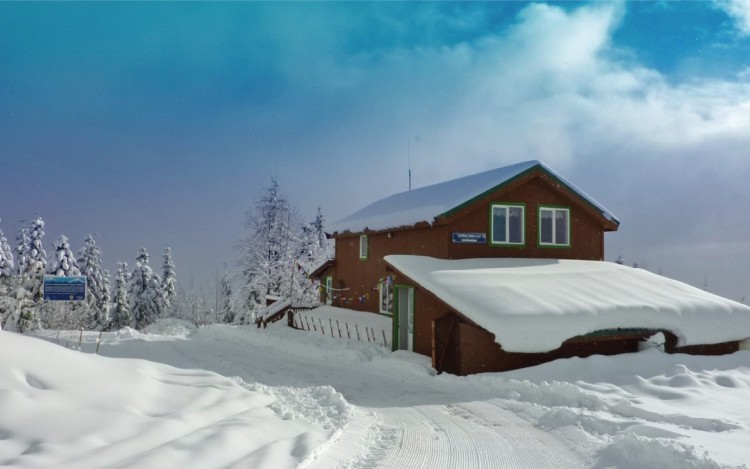
The Copper Creek Hut is part of the Mount Tahoma Trails Association. It is one of the many beautiful huts for rent throughout the U.S. hut system. Photo: Bob Brown
Maine Huts and Trails
Maine Huts and Trails (MHT) features four eco-lodges in the Carrabassett Valley and Bigelow Range near Kingfield, Maine. The hut system is great for up to five days of hut-to-hut travel in summer, fall, and winter. The huts are 7 to 12 miles apart, with a full traverse of 42.7 miles over easy to moderate terrain. One of the youngest systems in the U.S., MHT huts (and groomed trails) are especially attractive during winter.
Stratton Brook Hut sleeps 44 visitors and is close to Sugarloaf, the downhill ski resort at the heart of Maine’s High Peaks region. This hut is 3.6 miles by trail from the state’s largest Nordic center, Sugarloaf Outdoor Center. At the center, you can rent snowshoes, skis, and bikes. In addition, guests enjoy great views of the Bigelow Range and Sugarloaf. Stratton Brook is the newest MHT hut and embodies lessons learned about design and construction methods for these unique backcountry structures.
Read More: No 8 Snowshoe-Friendly Ski Resort: Sugarloaf Mountain Resort, Maine
Appalachian Mountain Club Huts
In 1888, the Appalachian Mountain Club (AMC) built the first recreational mountain hut in America, just as such structures were becoming popular in Europe. The entire AMC system – the second largest in the U.S. – was finally completed in 1964.
Today, eight huts are available within the AMC hut system. They are located within the Presidential Range and White Mountain National Forest near Gorham, NH. The average distance between huts is seven miles on moderate to difficult terrain.
If you seek a European hut-to-hut journey in the U.S., this is the place to fulfill that wish. You can also check off your wish list: Hike the country’s oldest hut system and hike a portion of the Appalachian Trail, but with comfortable lodging awaiting you at day’s end!
Each hut is unique, with its history recounted on placards and notebooks. The one common theme is the similar design and features. For example, the White Mountains huts feature a large gathering room with long tables and benches, coed bunk rooms, gender-specific bathrooms with toilet stalls and cold running water, a kitchen and reception counter, a library, and a front porch. Each bunk offers a niche with an LED light, shallow shelves, hooks, and an overhead net to organize gear.
In recent decades the AMC has invested in green technology. The goal is to reduce human impacts in these wild places and model sustainable hut operations. Power comes from renewable sources, including solar panels, wind turbines (at six of the eight huts), and a small hydroelectric system at Zealand Falls. Waterless composting toilets, composting practices for food waste, stringent recycling, and adherence to Leave No Trace principles render these huts models for low-impact living.
Read More: Wilderness Retreat in the White Mountains: Appalachian Mountain Club Huts
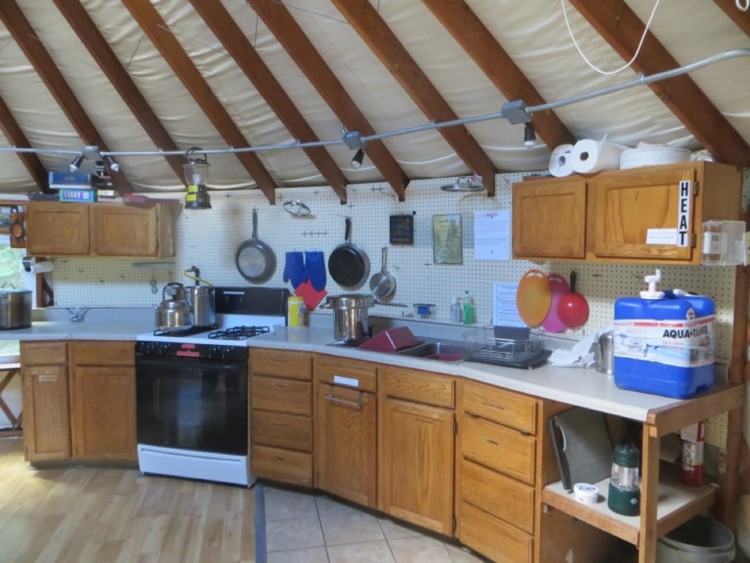
Each hut and yurt offers different amenities. Here, you’ll find an example of a yurt interior. Photo: Sam Demas
Tenth Mountain Division Hut System
Located in central Colorado in the heart of the Rocky Mountains, the Tenth Mountain Division Hut System (TMDHS) is the most extensive backcountry ski hut system dedicated to human-powered access, education, and preservation. In reality, though, TMDHS is a cooperative organization with standard information and reservation system. It serves as the umbrella organization for the following: Tenth Mountain Division Hut Association (14 huts), the Summit Huts Association (five huts), the Alfred A. Braun and Friends Huts (eight huts), and the Grand Huts Association (one hut).
This unique system of huts also encompasses several privately owned huts, inns, and cabins. For example, find the Continental Divide Cabin, the Point Breeze Cabin, the Polar Star Inn, the Seipel Hut, the Shrine Mountain Inn (three separate cabins), and Vance’s Cabin. Some offer a higher level of amenities, including private quarters and showers. Or, you can book them for exclusive use. The reservation system and a trail web of more than 350 miles connect each distinctive set of huts to the others.
The military history associated with the Tenth Mountain Division Hut Association (TMDHA) is of particular note. The hut system honors a unique World War II unit trained in the region. They advanced ski technology by testing and honing outerwear, skis, and boots in a frigid wilderness setting. The TMDHA was incorporated as a nonprofit in 1980, and the authors offer an extended summary of its development.
Before or after your hut-to-hut adventure, visit the town of Leadville as an alternative to expensive Vail or Aspen. This town offers a friendly hostel, bed-and-breakfasts, a local history museum, and a great community swimming pool. You can also downhill ski at the modest Ski Cooper. Or, check out the Tennessee Pass Nordic Center with 16 miles of groomed trails. The owners also run the Tennessee Pass Cookhouse, a ski-in yurt offering luxury dining.
Read More: Hut Haven: Take a Winter Trip to the Colorado Backcountry
Mount Tahoma Trails Association
Established at the doorstep of Mount Rainier, the second tallest mountain in the Continental U.S., Mount Tahoma Trails Association (MTTA) offers four huts for adventurers in Washington State. Just a few hours from the Puget Sound area of Seattle and Tacoma, the MTTA trail system near Ashford is a less crowded alternative to Mount Rainier National Park in summer. Some huts offer spectacular views of Mount Rainier, Mount Adams, and Mount St. Helens when the skies are clear.
The four huts are well-appointed, and a bed rents for just $15 a night—that low price results from the all-volunteer staff who takes care of the maintenance and upkeep. The volunteers also snow plow roads, maintain the website, and respond to customer e-mails, to name a few duties. The 70+ volunteers put in more than 8,000 hours annually to maintain the trails and huts.
While the trails leading to the huts are free, a Sno-Park Permit is required to park your vehicle from November 1 – April 30. During the summer months, you’ll need a Discover Pass to park. Fortunately, you can purchase those parking permits and other essentials at nearby Whittaker Mountaineering. This shop sells everything you’ll need to be outdoors, along with maps of the area.
Read More: Luxurious Backcountry: Exploring Hut-to-Hut Trail System on Mount Rainier
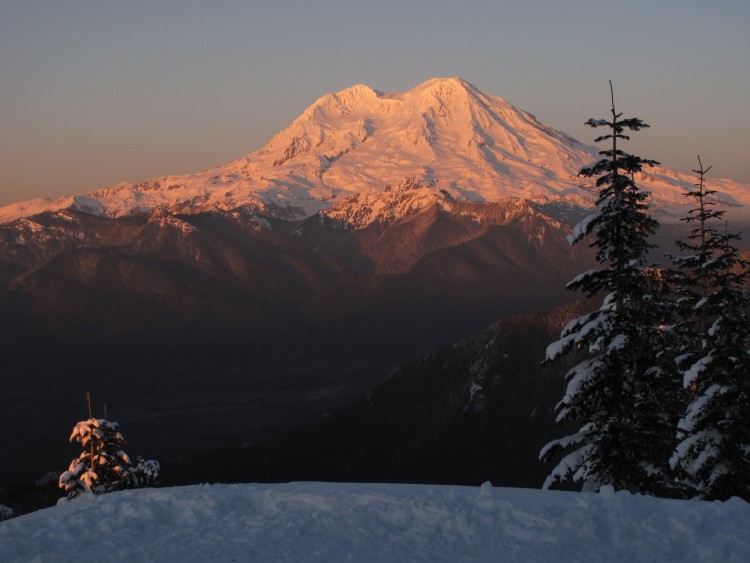
Some huts, such as High Hut, offer a view of nearby mountains, including Mt. Rainier. Photo: Leyton Jump
Useful Resources
In addition to reading Hut to Hut USA, another good resource is the author’s creation of www.hut2hut.info. The authors developed this after they began visiting U.S. hut systems. In all, it contains 160 trip reports and articles and a map of hut system locations in North and South America. You’ll also find photo galleries, a series of “operational profiles” containing information for people designing, building, and running hut systems, and more. Also, the online maps used throughout the book were produced using the online map viewer CalTopo.
Overall, Hut to Hut USA: The Complete Guide for Hikers, Bikers, and Skiers offers a wealth of information for anyone spending time in the outdoors. It is a book you will reference over and over again. Published by Mountaineers Books, it retails for $29.95 and is available online.
This article was first published on January 21, 2022, and most recently updated on June 29, 2023.
Read Next: The Best Backcountry Basecamps in the Canadian Rockies (No Tent Required)

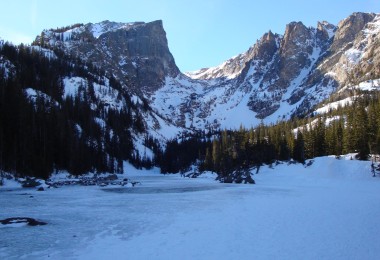
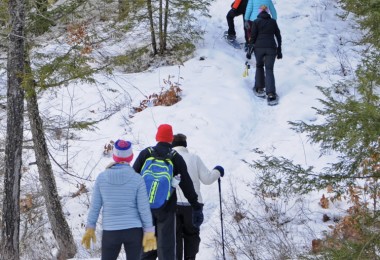
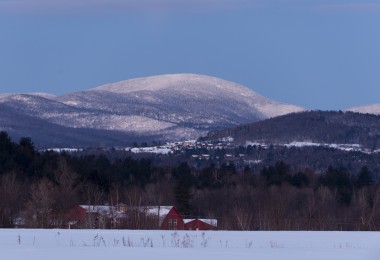
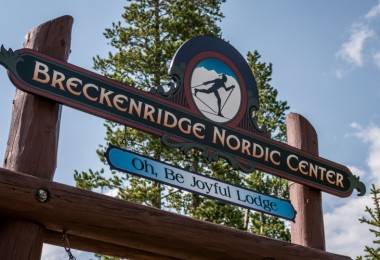

Great pictures, great article. Makes me wish I was young again–younger or in better shape!